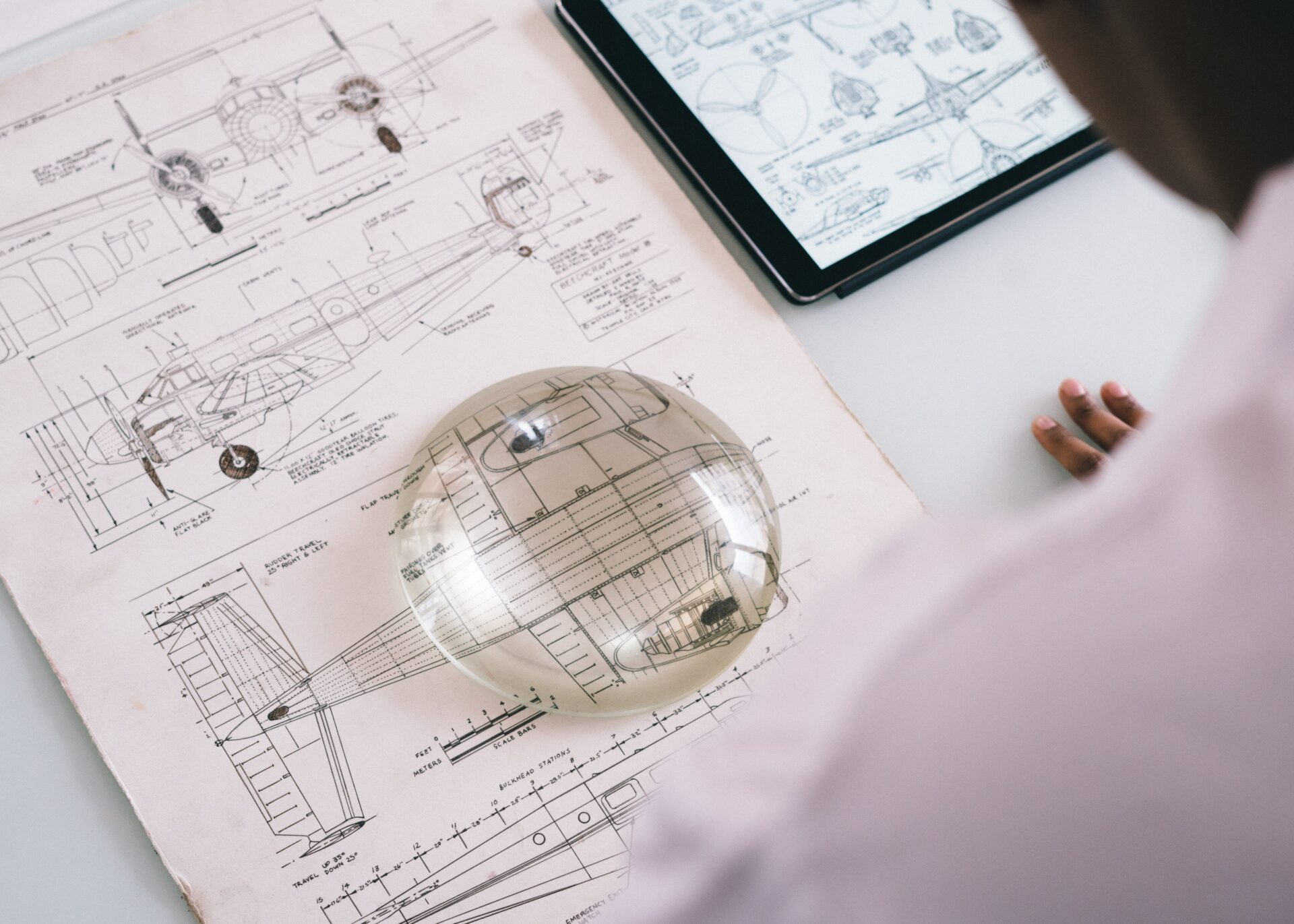A lower joints/” title=”How Much Does It Cost To Replace Ball Joints”>ball joint is an important component of any vehicle’s suspension system, and it is essential to check them regularly to ensure their proper functioning and to prevent any damage from occurring. Checking lower ball joints is a relatively simple process, but it does require some knowledge and experience. In this article, we will provide you with a step-by-step guide on how to check lower ball joints. With this information, you’ll be able to determine whether or not your lower ball joints need replacing or repair.To check the lower ball joints without removing the wheel, you need to jack up the vehicle and firmly set it on jack stands. Once the vehicle is secure, inspect each of the lower ball joints for any signs of damage or wear. Check for any looseness or play in the joint and look for any signs of cracking in the rubber boots that enclose them. If you find any signs of damage or wear, replace the lower ball joints as soon as possible.
How To Diagnose Lower Ball Joint Wear
Lower ball joint wear is a common issue in vehicles, as it is responsible for connecting the suspension components of the vehicle to the steering knuckle. If lower ball joint wear is not diagnosed and fixed in time, it can lead to more serious issues such as poor handling and alignment problems. It is therefore important to be able to diagnose lower ball joint wear in order to ensure that your vehicle is running smoothly and safely.
The first step in diagnosing lower ball joint wear is to check for any signs of visible damage or cracking on the joint itself. If there are any signs of damage, it may be necessary to replace the joint completely. It may also be necessary to have a certified mechanic inspect the joints if there is any suspicion that they have been damaged or are starting to show signs of wear.
The second step in diagnosing lower ball joint wear is to check for any excessive play or movement in the joints when the suspension system of your vehicle is being tested. This can be done by having a professional inspect your vehicle and determine if there is any excessive movement or play present within the joints. If there is, then it may be necessary to replace them with new ones as they can cause further damage if left unaddressed.
The third step in diagnosing lower ball joint wear involves checking for any noise coming from the joints when you are driving your vehicle. This noise can indicate that there may be an issue with either one or both of the joints which needs attention. If you hear this noise, then it may be necessary to take your vehicle into a certified mechanic for further inspection and diagnosis.
Finally, checking for uneven tire treads can also help diagnose lower ball joint wear as uneven tire treads can indicate that either one or both of the joints has become worn down over time and needs replacing. Uneven tire treads can also cause poor handling and alignment issues which should not be overlooked when diagnosing lower ball joint wear.
Overall, diagnosing lower ball joint wear should be taken seriously as it can lead to more serious issues if left unchecked. It’s important to check for visible damage, excessive play or movement, strange noises from the joints while driving, and uneven tire treads when inspecting them for potential issues so that they can be fixed before they cause further damage.
How To Inspect Lower Ball Joints For Damage
Lower ball joints are an important part of a vehicle’s suspension system, as they help to keep the wheels aligned and the car stable while it is being driven. As such, it is important to regularly inspect them for signs of damage or wear so that any issues can be addressed before they become a bigger problem. In order to properly inspect lower ball joints for damage, you will need to have access to a jack and jack stands, as well as some basic tools such as wrenches and screwdrivers.
The first step in inspecting lower ball joints for damage is to raise the vehicle off the ground using a jack and jack stands. This will give you better access to the area so that you can inspect it more easily. Once the vehicle is raised off of the ground, you can begin inspecting each of the lower ball joints for signs of damage or wear. Look closely at each joint for any cracks in the rubber boot that covers it, as well as any signs of corrosion or rust on its metal components.
Once you have inspected each of the lower ball joints for signs of damage or wear, you will need to check their movement by turning each wheel back and forth while applying pressure with your hand on top of each joint. If there is any play in the joint, then it may need to be replaced as soon as possible. Additionally, if there is any squeaking or grinding sounds coming from either joint when it is turned, then this could be a sign that something is wrong with it and needs attention.
If any signs of damage or wear are found on one or more lower ball joints during inspection, then they should be replaced by a professional mechanic as soon as possible. Although inspecting them yourself can help identify potential problems before they become worse, only an experienced mechanic will be able to correctly diagnose and repair any issues with them. This will ensure that your vehicle stays safe and in good working condition for years to come.
Checking Lower Ball Joints With A Jack
Lower ball joints are important components of any vehicle’s suspension system. They help ensure a smooth ride and reduce the risk of mechanical problems due to excessive wear and tear. It is essential to check the condition of your lower ball joints regularly, so that any necessary repairs can be carried out before they cause more serious damage. Checking lower ball joints with a jack is a relatively simple task that can be done in just a few minutes.
The first step is to make sure that the vehicle is securely supported on jack stands, as it will need to be raised in order to access the lower ball joint. Once the vehicle is safely secured, you will need to locate the lower ball joint on each side of the car. This can usually be done by looking for a rubber boot at the end of each tie rod or control arm.
Once you have located the lower ball joint on each side, you will need to raise the jack until it makes contact with the bottom of the control arm. You should then slowly apply pressure until you feel some resistance from the ball joint, which indicates that it is properly seated. If there is no resistance or if you feel any movement when applying pressure, then it may indicate that there is an issue with your lower ball joint and it should be inspected further by a qualified mechanic.
Once you have confirmed that all of your lower ball joints are in good condition, you can proceed to check for any signs of wear and tear such as cracks or splits in the rubber boot. If any damage is evident, then this should also be inspected and repaired by a qualified mechanic as soon as possible in order to prevent further complications down the line.
By following these simple steps, you can easily check your vehicle’s lower ball joints with just a jack and have peace of mind knowing that they are functioning properly. Regularly checking your lower ball joints will go a long way towards ensuring that your car continues to provide safe and reliable performance for many years to come.
Checking Lower Ball Joints
When checking lower ball joints, it is important to look for signs of wear and tear. The most common symptoms that indicate a worn ball joint are looseness, clunking noises when turning the steering wheel, or excessive play in the steering wheel. It is also important to check for any rust or other corrosion on the ball joint as this can indicate damage that may need to be addressed. Additionally, make sure to inspect the rubber boots around the ball joint for signs of cracking or other damage as this can indicate a faulty part. If any of these issues are present, it is essential to have the lower ball joints replaced as soon as possible.
It is also important to check for any play in the ball joint itself by grabbing it at three points and attempting to move it back and forth. If there is excessive play, this could indicate that the ball joint needs replacing. Additionally, if there is any evidence of oil leaking from around the ball joint, this could also signify a problem so it is important to have this checked out as soon as possible.
When replacing lower ball joints, make sure that you use only high-quality parts that are designed specifically for your vehicle. This will ensure that your car has maximum performance and reliability over time.

How To Identify Failing Lower Ball Joints
Lower ball joints are an important part of a car’s suspension system, allowing for vertical movement of the wheels while keeping them in line with each other. When these ball joints start to wear out, they can cause a variety of problems, including uneven tire wear and poor handling. Fortunately, there are some telltale signs that can help you identify failing lower ball joints before they become a bigger problem.
One of the most common signs of failing lower ball joints is excessive play in the steering wheel. If you feel a loose or wobbly sensation when turning the steering wheel, it could be caused by worn out lower ball joints. Similarly, if your car pulls to one side while driving, or if it vibrates at certain speeds, this could also be an indication that the lower ball joints are failing.
If you notice any of these symptoms on your vehicle, you should have it inspected by a qualified mechanic as soon as possible. It is important to address any issues with the lower ball joints before they cause further damage to your car’s suspension system. The mechanic will be able to inspect the ball joints and determine if they need to be replaced.
Another way to check for failing lower ball joints is by lifting up the wheels and inspecting them visually. If you see any signs of wear or excessive play in the joint itself, this is a good indication that it needs to be replaced. Additionally, if there is any rust or corrosion on the joint or its mounting points, this too can indicate that it needs to be replaced soon.
Failing lower ball joints can cause damage to other components of your vehicle’s suspension system such as CV axles and control arms. Therefore, it is important that you pay attention to any warning signs that may indicate worn out lower ball joints so that you can get them repaired or replaced before they cause any further damage.
What Tools Are Needed To Check Lower Ball Joints?
To check lower ball joints, you will need a few essential tools. These include a floor jack, a set of jack stands, and a lug wrench. The floor jack is used to lift the vehicle off the ground while the jack stands are used to support the weight of the vehicle. The lug wrench can then be used to remove the lug nuts that hold on the wheels so that they can be removed. You may also need an adjustable wrench or socket set to remove any mounting hardware, depending on the type of vehicle you have. Finally, you may need a pry bar and hammer to remove rivets or other fasteners if needed. Once all of these tools are in place, you can begin inspecting your lower ball joints for signs of wear or damage.
It is important to remember that when checking your lower ball joints, you should always wear safety glasses and gloves for protection. Additionally, if possible, it is best to have someone else help you lift the vehicle off the ground as it can be dangerous if done incorrectly. With all safety precautions taken care of, you can begin checking your lower ball joints for signs of wear or damage such as looseness or excessive play in movement. If any signs are present, it is best to replace them as soon as possible in order to ensure safe operation of your vehicle.
How To Measure The Wear Of Your Lower Ball Joints
Lower ball joints are a crucial part of your vehicle’s steering and suspension system. They provide the connection between the suspension and the wheels, allowing the wheels to move freely and independently. If these components become worn, they can cause a variety of issues with your vehicle’s handling and performance. That’s why it is important to regularly check the condition of your lower ball joints to look for signs of wear.
Measuring the wear on your lower ball joints is relatively straightforward, but it does require some special tools and safety precautions. First, make sure that you have a good set of jack stands as well as a floor jack. You will also need a pair of needle-nose pliers and a wrench or socket that fits the size of your lower ball joint bolts. Before you begin, make sure that you are wearing safety glasses and have all of your tools nearby.
To measure the wear on your lower ball joints, start by lifting up one side of your vehicle with a floor jack until it is securely held up by the jack stands. Make sure that both jack stands are securely placed on solid ground before proceeding. Then, using the needle-nose pliers, remove the lower ball joint bolt from one side of the suspension arm. Use a wrench or socket to remove any other bolts or nuts that may be attached to the lower ball joint as well.
Once you have removed all of the necessary bolts and nuts from the lower ball joint, you can start measuring its wear. Use an adjustable wrench or calipers to measure how much play there is in each direction between the ball joint and its socket or housing in which it is inserted. Make sure to measure up-and-down play as well as left-and-right play for each direction separately to get an accurate reading for each side of your vehicle’s suspension system.
Once you have finished measuring each side’s play in both directions, compare these readings with those recommended by your vehicle manufacturer in order to determine if there is any excessive wear on either side of your suspension system. If there is excessive play in either direction, then it may be time to replace one or both sides of your lower ball joints in order to maintain proper steering control and suspension performance for your vehicle.
In conclusion, measuring wear on your lower ball joints requires some special tools as well as safety precautions before beginning work on them.. After completing these steps safely, use an adjustable wrench or calipers to measure how much play there is in each direction between the two components before comparing these readings with those recommended by your vehicle manufacturer in order to determine if any excessive wear exists which may require replacement parts for them.

Conclusion
In conclusion, checking your lower ball joints is an important part of car maintenance. It’s relatively easy to do, but it requires a lot of attention to detail. You must use a jack and stands to properly lift the vehicle and inspect the ball joints for signs of wear or damage. If any signs are found, they must be replaced immediately. To prevent further damage or costly repairs, it’s important to check your lower ball joints regularly and replace them when needed.
By taking the time to properly inspect and maintain your lower ball joints, you can ensure that your car runs smoothly and safely for many years to come. Knowing how to check lower ball joints is an essential skill that all car owners should have.




